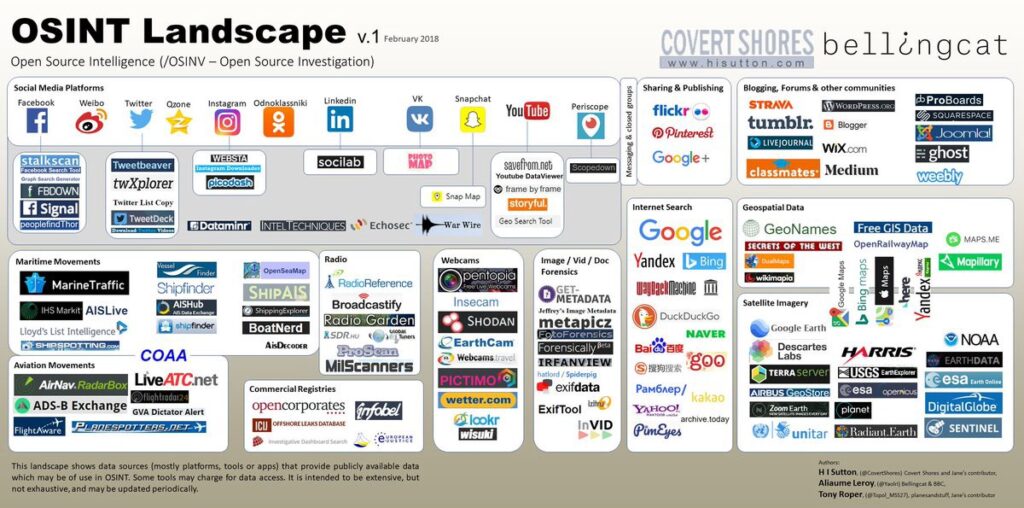Social Media: The Industry Disrupter
Social media continues to be a major business disrupter. For the last decade most companies and brands have been working like crazy to figure it all out. From social media marketing to social hiring reports. How does it all work?
Which platform should we use to market? What is the ROI? How can we keep track of our online reputation? The waters get murky when it comes to hiring employees and screening their social accounts. Yet, so many HR professionals continue to conduct unethical searches and find themselves in compromising situations. Should we screen employees social media prior to hiring? How is that different from the background checks were already conducting?

Just last week it was reported that an Amazon employee was fired for reporting that her supervisor instructed her to “scour social media on applicants to determine race and gender. ” She did not feel this was the correct way to do this, and notified management. She was terminated. The ex-employee has since then filed a lawsuit against Amazon for wrongful termination among other things.
Many times we hear HR executives say that they do check social media on applicants and don’t give it too much thought as to the legality of it all. According to the Society for Human Resource Management (SHRM), HR execs recruit candidates for specific jobs using social media, up from 56 percent in 2011 and 34 percent in 2008. Using this as a recruitment strategy is different than using it to determine employment, however.
The Right Way to Conduct Social Media Background Checks
This varies from state to state, however for the most part be aware of the following red flags that are allowed under FCRA compliance:
Racist, Sexist, or Discriminatory Behavior
Sexually Explicit Material
Threats or Acts of Violence
Potentially Illegal Activity
Developing a social media policy for your company is a great first step. This way everyone is on the same page when it comes to remaining fair to all applicants.
Never ask for passwords.
Include this as part of your background check policy and clearly state it for all applicants to see and agree to.
Use an outside agency.
Reputation management and workplace safety are just two of the three top reasons companies seek out social media background checks.
At eChatter we use software that is FCRA compliant. Results generated by our staff are in line with federal and state specific laws. However, we don’t stop there. Avoid a PR nightmare by monitoring social media once employees are hired, to protect employees from toxic behavior in the workplace. What starts at the office, sometimes spills into social media and vise versa.
Human Resource Social Media Hiring Scan




